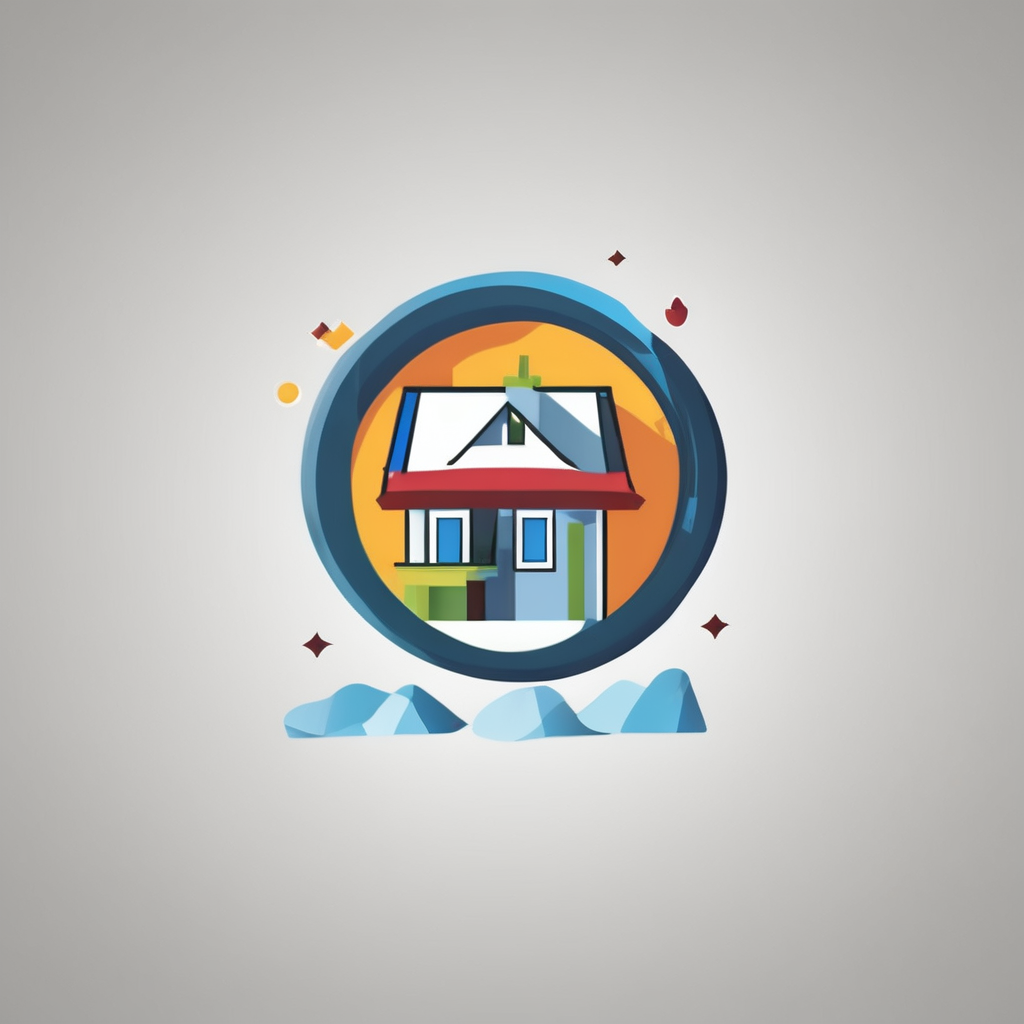Essential considerations for coastal Brighton roofing
Brighton’s coastal roofing factors demand special attention due to its unique environment. The combination of salt spray, strong winds, and high humidity challenges the lifespan of many roofing systems. Salt accelerates corrosion in metal roofs, while wind can loosen tiles or shingles if not adequately secured. Humidity fosters mold and mildew growth, further deteriorating roofing materials.
Adapting to the Brighton climate roofing conditions requires materials and installation practices specifically suited to resist these elements. Assessing the site is the first crucial step; this includes examining exposure to prevailing winds, proximity to the shoreline, and local microclimates. Such initial assessments for roofing suitability guide the choice of weather-resistant products tailored to last longer in this environment.
Also read : Top secrets to maintaining your rural england thatched roof: expert advice revealed
Weatherproof roofing is essential. Opting for materials treated or inherently resistant to salt and moisture will deliver better performance. Proper sealing, ventilation, and fastening systems also play significant roles. Understanding these coastal roofing factors ensures that the roof not only protects your home but also withstands Brighton’s challenging weather patterns effectively.
Comparing roofing materials for durability and style
Choosing the right coastal roofing materials is critical for durability and visual appeal in Brighton’s challenging environment. Metal roofing Brighton options perform well against coastal roofing factors like salt and wind. Metals such as aluminum and zinc are naturally resistant to corrosion and hold up under intense Brighton climate roofing conditions. Proper coating further extends metal’s life, making it an effective weatherproof roofing solution for coastal homes.
Also to discover : Magical children’s gardens: key strategies to transform your birmingham family home
Slate and tile roofing offer both aesthetic charm and functional resilience. Slate is dense and less porous, resisting moisture and mold growth common in Brighton’s damp air. Tiles, often made from clay or concrete, provide excellent durability and visual versatility. Compared to metal, slate and tile require meticulous installation to prevent wind uplift and water ingress, something crucial given local coastal roofing factors.
A cost-benefit analysis highlights metal roofing Brighton as a lower maintenance option, while slate and tile deliver higher long-term value through longevity and classic style. Both options respond differently to Brighton climate roofing challenges, so decisions should weigh practicality alongside desired curb appeal. Understanding each material’s performance under salt, wind, and humidity helps homeowners select the optimal weatherproof roofing suited to Brighton’s coastal demands.
Ongoing maintenance strategies for coastal roofs
Maintaining a roof in Brighton’s salty, humid environment demands a proactive approach. Effective roof maintenance Brighton involves regular inspections to detect early signs of corrosion, leaks, or mildew—common challenges linked to coastal roof care. Salt accelerates rust on metal roofs, while moisture fosters fungal growth that can degrade tiles and wooden structures.
Preventative maintenance should include thorough cleaning to remove salt deposits and organic debris. Applying protective sealants can slow corrosion and water intrusion, bolstering roofing longevity. Scheduling these checks twice a year, ideally before and after peak storm seasons, helps identify damage caused by strong winds and heavy rain typical of the Brighton climate.
Professional assessments often catch subtle issues missed by homeowners, so integrating expert reviews into your maintenance plan is wise. However, many routine tasks like cleaning gutters and clearing moss can be safely managed as DIY projects if done carefully. Knowing when to call specialists for repairs or detailed inspections ensures timely interventions, preserving your roof’s integrity and appearance.
In essence, consistent, informed upkeep tailored to coastal roofing factors guarantees that Brighton roofs remain durable, functional, and weatherproof against the persistent maritime conditions.
Local building codes and compliance requirements
Navigating Brighton roofing regulations is crucial for any coastal project. These laws are designed to address coastal building codes that specifically protect structures against the risks posed by the Brighton climate roofing environment, including high winds and salt exposure.
To ensure roofing compliance, homeowners and contractors must first familiarize themselves with the local municipal codes. These often require using approved materials that meet durability benchmarks suitable for the coastal conditions. Additionally, roofs must be installed following prescribed fastening and sealing standards to withstand strong gusts and moisture intrusion.
Obtaining the proper permits before commencing work is essential. Permits guarantee that the planned roofing upgrades conform to safety and environmental guidelines. Furthermore, periodic inspections conducted during and after installation help verify adherence to regulations, reducing future liabilities.
Staying proactive about Brighton roofing regulations prevents costly rework and ensures the roof’s longevity against aggressive coastal elements. Understanding the layers of coastal building codes aids in smooth project execution, ultimately protecting investment and safeguarding home integrity in Brighton’s demanding climate.
Essential considerations for coastal Brighton roofing
Brighton’s coastal roofing factors such as salt spray, strong winds, and persistent humidity significantly impact roofing lifespan. Salt accelerates metal corrosion and damages some materials, while wind exerts pressure that can loosen tiles or shingles. High humidity fosters mold and mildew, which degrade roofing surfaces over time. Understanding these elements is vital to selecting weatherproof roofing that endures.
Adapting to the Brighton climate roofing requires materials engineered to resist these stresses. For instance, choosing corrosion-resistant metals or treated tiles helps counteract salt damage. Robust fastening systems and proper ventilation further protect against wind uplift and moisture buildup.
Initial assessments are critical; they involve evaluating the site’s exposure to saline winds and local microclimate conditions. This evaluation guides the choice of suitable roofing products and installation approaches.
In sum, integrating site-specific knowledge with appropriately durable materials and skilled installation addresses the primary coastal roofing factors. This strategic approach ensures roofs not only withstand Brighton’s harsh marine environment but also maintain structural integrity and appearance for years.
